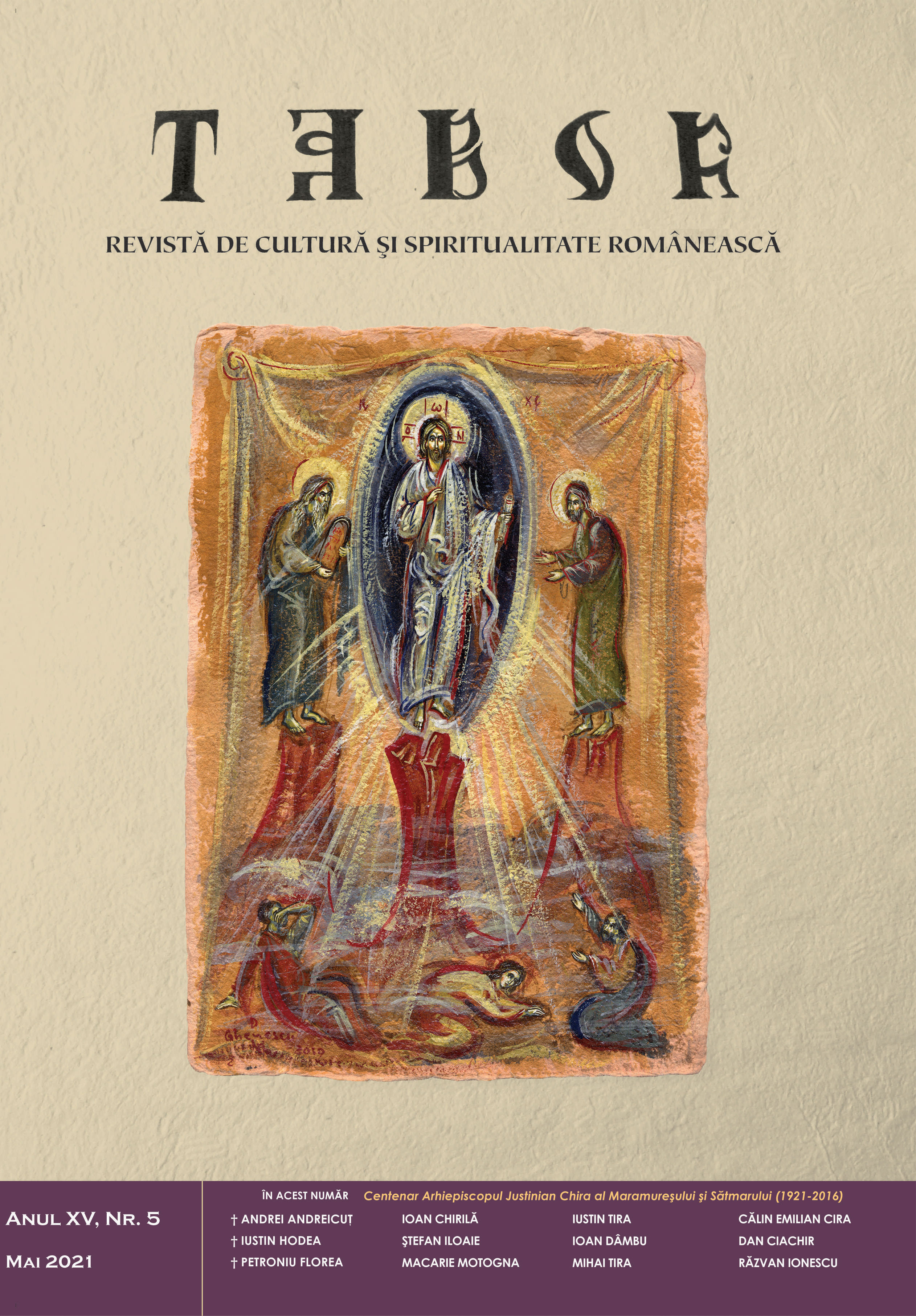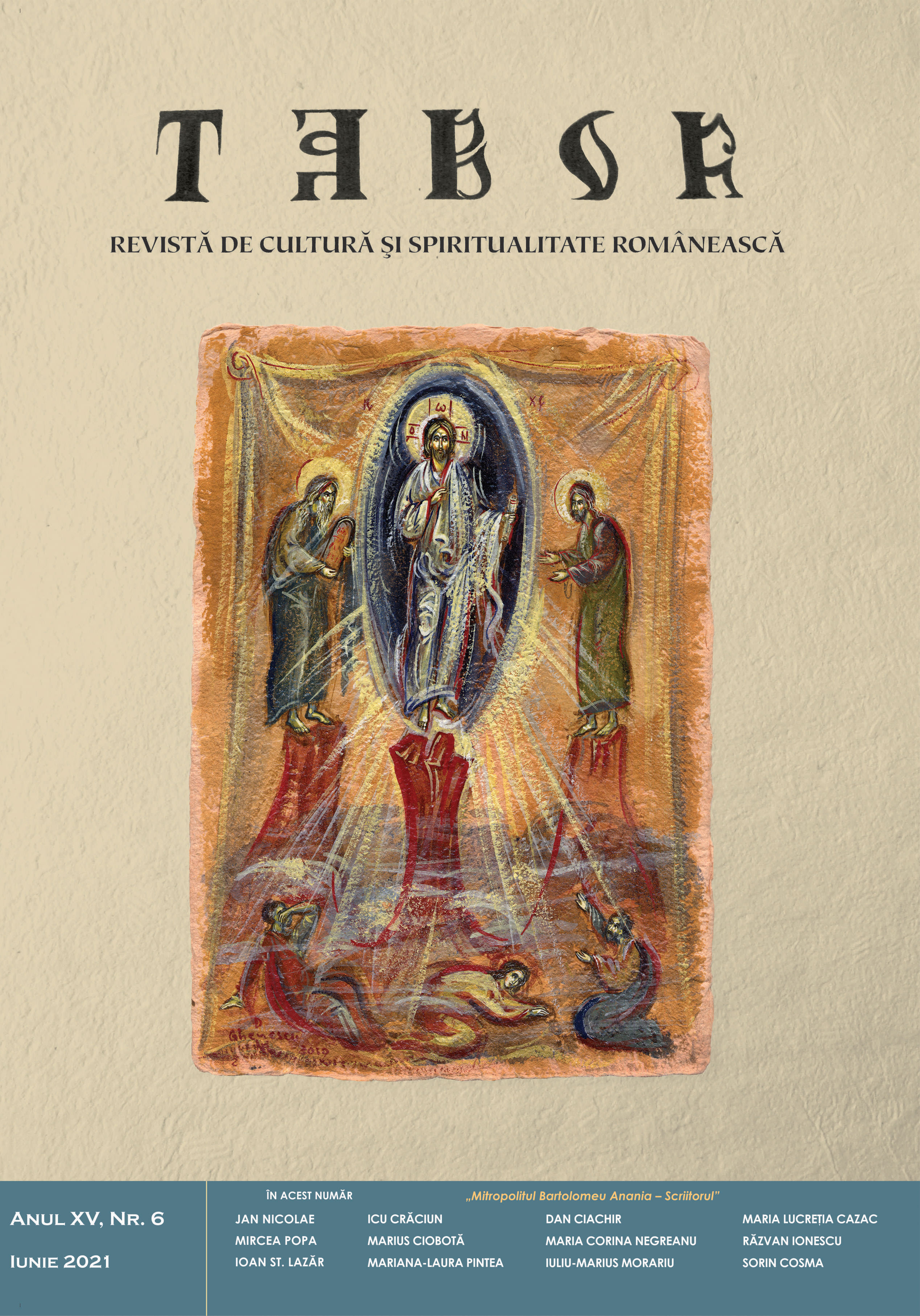
Vztek, stud a opovržení. S filozofem a někdejším východoněmeckým disidentem Wolframem Tschichem o životě v reálném socialismu
An interview with Wolfram Tisch, a philosopher and former East German dissident, on life in real socialism.
More...We kindly inform you that, as long as the subject affiliation of our 300.000+ articles is in progress, you might get unsufficient or no results on your third level or second level search. In this case, please broaden your search criteria.

An interview with Wolfram Tisch, a philosopher and former East German dissident, on life in real socialism.
More...
The People’s Militia (Lidové milice) became one of the symbols of the communist rule. Their activity, especially in February 1948, was glorified or almost mythicised before 1989. One problem for modern-day researchers is that the militia’s units were established basically with no written records at that time, and the majority of commands were issued in person or by telephone. This study aims to provide some information on the establishment of the People’s Militia, based on testimonies of some of the leading participants, mostly dating back to the time of the political trials in the early 1950s and apparently gained under duress and often with the clear intention to harm a particular person or pass the blame onto others. These materials therefore require a careful approach. Many facts given herein are disputable, yet they may yield new information following an appropriate critical analysis.
More...
After the seizure of power by the communists in February 1948, Czechoslovakia saw a period of widespread lawlessness and persecution which were intended to strengthen the position of the ruling Communist Party. Nor did the Czechoslovak Army escape repression; on the contrary, it was an institution affected by the purges, especially among the officers, on a large scale. They were usually directed against alleged or real opponents of the communist regime, but there was also a great many cases where military staff were persecuted for property or personal reasons. It is highly likely that the latter were behind the arrest and conviction of Lieutenant Colonel Ludvík Macháček, whose as yet neglected case is addressed in this article.
More...
The list of those who died as a result of persecution by the communist regime also includes the name of Alois Jaroš, not listed just once, as might be expected, but actually twice. One of them was the owner of the Zvěstov chateau near Benešov until 1948, and his life ended when he was executed in Prague-Pankrác prison. He was sentenced to death in the trial called “František Slepička et al.”. The other Alois Jaroš was in no way related to the former. He was an MP for the Czech National Social Party (ČSNS) and died while in custody as a result of a serious illness.
More...
This document is a remarkable example of the observations made by an American diplomat concerning the situation in Czechoslovakia in spring 1947. Their author was John H. Bruins, a counsellor at the US Embassy in Prague. His report, dated 6 June 1947, covers the period from the June 1946 parliamentary elections until shortly before the negotiations on the Czechoslovak participation in the Marshall Plan in July 1947. This time was turning point, as a few months later the political struggle in Czechoslovakia began to escalate and shift towards the February 1948 coup. Even though the report is mainly focused on the communist policy in Czechoslovakia, it also provides a great deal of information about the society of the time.
More...
On the evening of Saturday 28 February 1948, a parade of the units of the National Security Corps and the Workers’ Militia was held, to round off the events of February 1948 and also foreshadowing what was to come in the following years.
More...
Bene Krisztián: A Szabad Francia Erők 1940–1943. A francia katonai együttműködés a második világháborúban. Pécs, Kronosz Kiadó, 2017. 468 p
More...
In our study, we seek to answer the question: how nationalism and patriotism have been incorporated into the ideology of the world’s largest political party, the Communist Party of China; how, with what success and efficiency the “memory factory” works in the new age, and how historical memory, including museums, regular official commemorations and education serve the CPC’s rule. We argue that although one of the key legitimating factors of the CPC is its historical role in the war against Japanese aggressors, reference only to this fact would not be enough to maintain support of the public. Patriotism is still a focal point of the Party’s ideology, which seeks to raise the new generations to the love of their much-suffered homeland, while the CPC can safely expect the Chinese masses to stand by the party leadership if their country engages in diplomatic conflict with Japan. We also explore whether the historical heritage-born vigilance against Japan is the result of mass manipulation or a much deeper-rooted emotional-based conscious self-defence reflex. As we explore the memories of real horrors that rising Chinese generations must live with, we also follow a process in which the Chinese political leadership does not always consider it appropriate to emphasize the grievances of the past. We apply a dual approach (both foreign and Chinese) to analyse and explain how the reactions of Chinese society to historical memory are based on an increasingly solidified national self-esteem.
More...

Pročitavši članak druga Feliksa Gorskog u Biltenu društveno-političkih organizacija općine Senj br. 7 Senj 1982, smatram dužnošću da odgovorim na ulomke spomenutog članka, koji se tiče mene i Partizanskog odreda »Alan«.
More...
Der Autor dieses Artikels beschreibt die Tätigkeit der senjer Druckereien in dem Volksbefreiungskrieg. Er betont, dass sie sehr fruchtbar war, und gibt für diese Behauptung viele Beispiele an. Seiner Meinung nach, diese Drucktätigkeit hat der Volksbefreiungsbewegung viel geholfen. Darum stellt sie einen bedeutsa-men Beitrag fur die sozialistische Revolution dar, besonders für die letzte Phase des Befreiungskrieges.
More...
Ivica Baretić war ein hervorragender Revolutionär des Gebietes Vinodol und Primorje. Er wurde in Grižane — Vinodol 1912 geboren. Nach der Okkupation des Landes 1941 begann er eine aktive illegale Arbeit, beitragend damit der Ausbreitung des Aufstandes in seinem Geburtsland (Hrvatsko primorje — Gorski kotar). 1942 ging er zu den Partisanen weg, und dort ragte er durch seine politische Arbeit hervor. Besonders erfolgreich war er als Sekretar des KK KPH Crikvenica Anfang 1943. Nach der produktiven Arbeit im Bezirk Novi, kam er als ausgeprüfter politischer Arbeiter auf das Gebiet des Senjer Bezirkes, welcher zu dieser Zeit in Krasno stationiert wurde. Von da an bis zum Jahre 1945 verrichtete er verschiedene politische und militärische Dienste. Er starb in Rijeka 1981.
More...

Der Autor dieses Artikels, als Mitglied der velbitischen Stossgruppe des 2. Kustensektors, beschreibt die Tätigkeit einer Abteilung der Partisanen im velebitischen und vorvelebitischen Raum. Die Gruppe war mit dem Volk auf diesem Gebiet verbunden, und konnte viele Operationen erfolgreich durchfuhren.
More...
This study tries to underline the specificity of Criterion’s conferences and their importance for the Romanian intellectual history. Divided in two main cycles: Idols and Romanian contemporary culture, these conferences proposed to regain the prestige of the Romanian modern culture, especially by imposing a significant intellectual experience and remaking the connections with the European tradition. To discuss the major themes of the western culture, without neglecting the national culture represents the Criterion’s manner to be original, innovative and synchronised to the intellectual European circuit. Thereby, the conferences held by Criterion during 1932-1934 are the specified forms of cultural practices and representations of an important intellectual group whose Europeanism is essential.
More...

In 1999, Miroslav Kárný, founder of the Institut Terezínske iniciativy (Terezín Initiative Institute, ITI), offered the support of the Terezín Initiative Institute for a dignified remembrance of victims of the genocide of Roma and Sinti during the Second World War. Since nobody took up this offer, ITI themselves decided to undertake this remembrance. The project Databáze romských obětí holocaustu (Database of the Roma Victims of the Holocaust, DROH), which began four years ago, resulted in May 2020 in the publication of the database online at holocaust.cz. This project report highlights a few of the developments throughout the past four years and the possibilities this new database opens up for further research on the topic.
More...
This text evokes the visit of Patriarch Nicodemus of Romania to Moscow in the autumn of 1946. About the 1946 trip to Moscow, Patriarch Justinian left a few pages of evocations recorded on magnetic tape, transcribed and published a decade ago by the theology professor Remus Rus and one of his collaborators under the title Memories. His visit to Moscow left a very vivid impression.
More...
The present text evokes the visit of Patriarch Alexei I of Russia to Romania, in June 1947. Patriarch Alexei was to stay in Mogoşoaia during the two weeks spent in our country. Patriarch Alexei I made a very good impression in our country. It was said that both Patriarch Alexei I and his companions returned with very good impressions from the visit to Romania.
More...
The article evokes people but also social and cultural facts and events that took place in Romania in 1945-1947: the interpretation of two symphonic masterpieces (one under George Enescu’s stick, another under Constantin Silvestri’s) composed by Paul Constantinescu (Byzantine Easter Oratorio„The Passions and The Resurrection of the Lord” and The Byzantine Christmas Oratorio); the hippodrome in Bucharest, seen as a place for meetings between prominent people of the capital’s society; about the Romanian seaside from that period and especially the Eforie resorts; about Prince Barbu Ştirbey.
More...